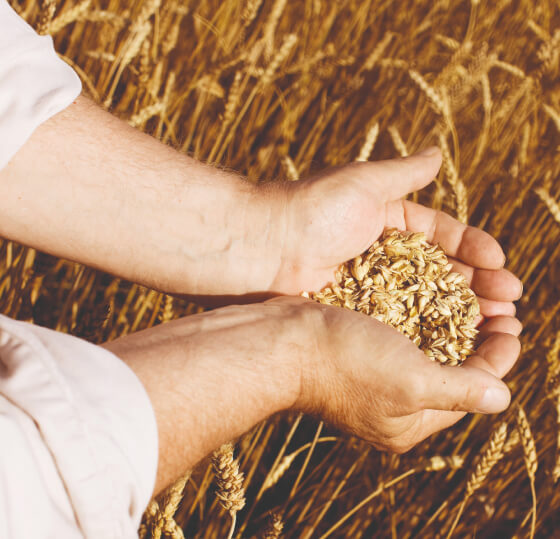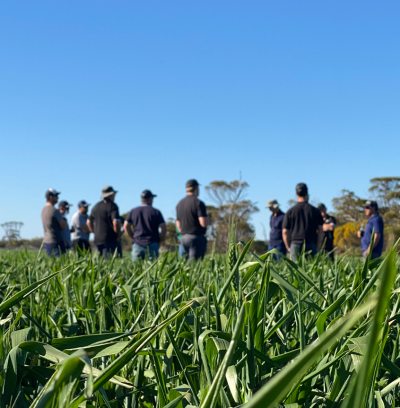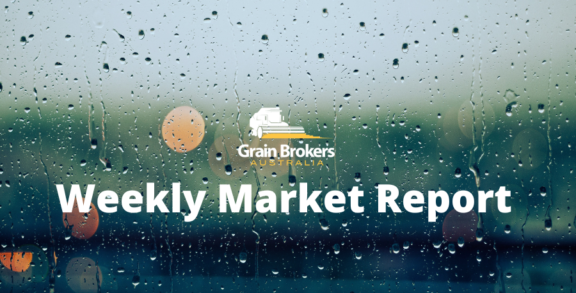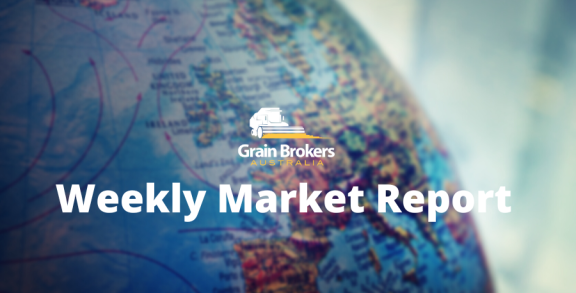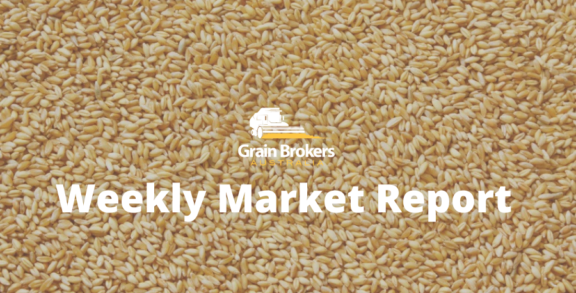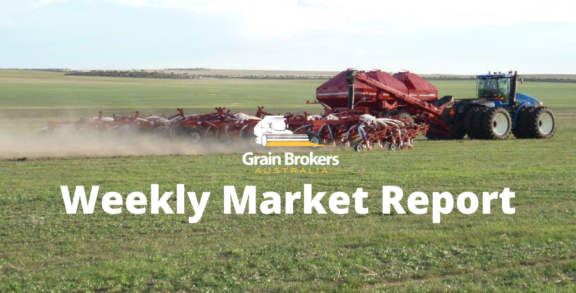
As the soybean and first crop corn planting programs wind down in Brazil under generally favourable seeding and plant establishment conditions, the 2024/25 season production outlook is pointing toward a huge harvest in 2025, with record soybean output looking a good bet at this early stage of the season.
Rainfall over the first week of December favoured the central and south-central regions, reversing a dryer pattern that had set up late in November, with more intense falls rolling into southern Brazil late that week. Last week saw widespread rain across much of the country with heavier registrations in southern Brazil, largely eliminating lingering dry pockets.
The only regional concerns for dryness in Brazil, albeit minor at this stage of the season, are in western Parana, southern Mato Grosso do Sul, western Santa Catarina, and parts of Rio Grande do Sul. Most of those areas received welcomed rain over the past week, and there is more rain in the forecast. The soybeans in these regions are generally still in the vegetative stage of development, so the recent rains should allow the plants to develop normally.
Companhia Nacional de Abastecimento (CONAB) released its third crop survey results for the 2024/25 season last week, maintaining its national harvest projection of a record 322.4 million metric tonne, 8.2 per cent higher than last season. The principal agricultural commodities included in this survey are cotton, peanuts, rice, black beans, cowpeas, common coloured beans, sesame seed, sunflowers, corn, soybeans and sorghum in the summer cycle and oats, canola, rye, barley, wheat and triticale in the winter cycle.
Total plantings across the above commodities are expected to be 81.4 million hectares, 1.5Mha higher than the 2023/24 total. The area planted to summer crops is forecast to be 312.6Mha, or 97 per cent of the program, although some of these crops do run through to the winter months due to Brazil’s tropical climate and geographic variability. The biggest grain crop in the true winter cycle is wheat, which accounts for 82.3 per cent of the balance of 9.8Mha.
The most significant crops in Brazil each year are soybeans and corn. Collectively, they account for 68.4Mha, or 84 per cent of the total area planted to the principal agricultural commodities, with CONAB pegging combined output at 285.8MMT, or 88.7 per cent of the total production estimate.
The area planted to soybeans is forecast at 47.4Mha, marginally higher than the November estimate but 1.2Mha or 2.7 per cent higher than the final seeded area in 2023/24. Brazil’s ostensibly unstoppable growth in soybean plantings over the past 25 years has cemented the country as the world’s primary source of soybeans, accounting for 58 per cent of all international trade in the USDA’s latest 2024/25 global supply and demand projections against less than 40 per cent only a decade ago.
According to AgRural, 91 per cent of the soybean crop had been planted by the end of November, the highest for that point in the season since 2018, and had advanced to 95 per cent by early last week. CONAB had the seeding program at 94.1 per cent completed as of December 7, compared to 89.9 per cent at the same time last year. The main areas still planting are in Rio Grande do Sul, where soil moisture has been a limiting factor, and far northeastern Brazil. Those soybeans that have emerged are generally rated in good condition with a high yield potential.
CONAB is calling 2024/25 soybean production a relatively conservative 166.2MMT, almost identical to its November projection but 18.5MMT or 12.5 per cent higher than its final 2023/24 harvest number of 147.7MMT. This compares to the USDA, which remained steady at 169MMT in its December update, and respected South America analyst Michael Cordonnier, who increased his forecast to 170MMT in late November before leaving it unchanged in last week’s update with a neutral to higher production bias. However, even those numbers are low compared to the most optimistic forecasts being bandied around the moment, which go as high as 175MMT.
On the corn front, CONAB is forecasting a total planted area of 21Mha, on par with its November forecast but fractionally lower than the 21.1Mha planted in the 2023/24 campaign. Sowing of Brazil’s first corn crop commenced in August and is expected to total 3.7Mha. According to the CONAB crop survey, 72.2 per cent had been sown as of December 7, up from 65.9 per cent at the same time in 2023. AgRural views the program as far more advanced, calling it 95 per cent completed as of early last week. There are some yield concerns in the early seeded parts of Parana and Rio Grande do Sul, as the plants were filling grain during the recent dry spell.
The second corn crop, the famous safrinha crop, is expected to account for 79.1 per cent of the total corn area at 16.6Mha, 1 per cent higher than this year. Planting is set to commence as soon as the first soybeans are harvested in late January, and the area could grow even more if corn prices continue the recent upward trend ahead of seeding. Brazil’s third corn crop is the smallest of the three at 0.6Mha. Planting normally commences in April and is primarily grown in the northeastern states of Bahia, Sergipe, Alagoas, Pernambuco, and the far northern state of Roraima.
Total corn output is currently predicted to finish up at 119.6MMT, the second largest on record behind 2022/23, according to CONAB’s data. Again, this appears conservative with Michael Cordonnier on 125MMT with a neutral to higher bias moving forward and the USDA even more optimistic at 127MMT. Harvest of the first crop generally commences in January and is expected to realise 22.6MMT, 18.9 per cent of 2024/25 production. The safrinha corn harvest is by far the largest, with CONAB’s current output projection sitting at 94.6MMT, or 79.1 per cent of the total. The third crop harvest is forecast to be 2.4MMT.
While the global soybean and corn balance sheets are not tight based on current 2024/25 production estimates, the big crops in Brazil could prove quite opportune if the aggressive trade agenda of Trump 2.0 is implemented soon after the inauguration on January 20. Enactment of the proposed tariffs on imports from China will undoubtedly see Beijing respond with retaliatory tariffs of their own, most likely focusing on US corn and soybeans. This would benefit Brazil immensely, with the immediate impact expected to be a higher safrinha corn area in 2025. Add the weakness in the Brazilian real this year, and farmer returns could be set for a welcome recovery in 2025.
Call your local Grain Brokers Australia representative on 1300 946 544 to discuss your grain marketing needs.
Written by Peter McMeekin.
